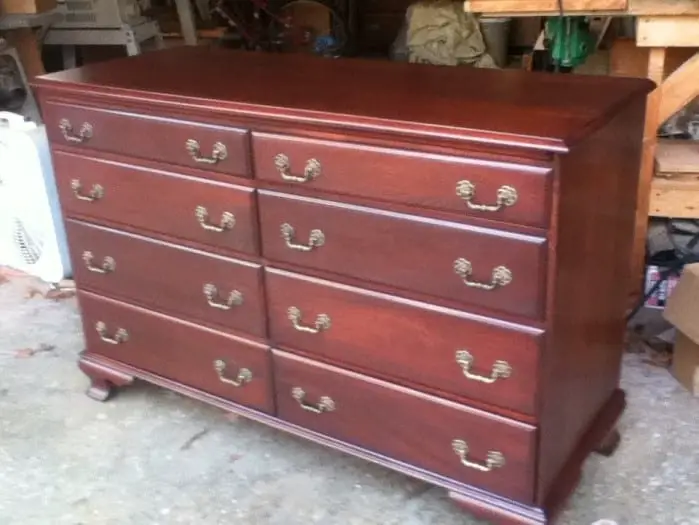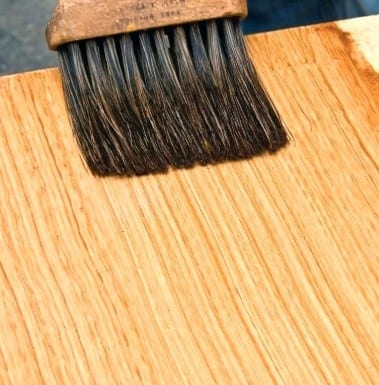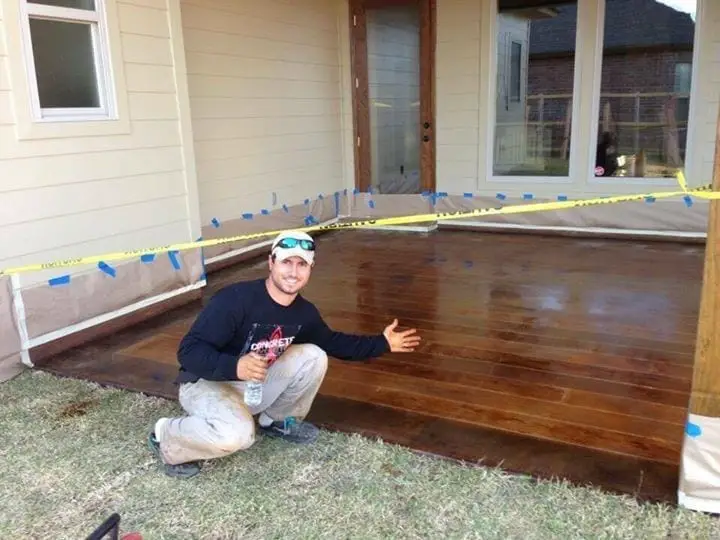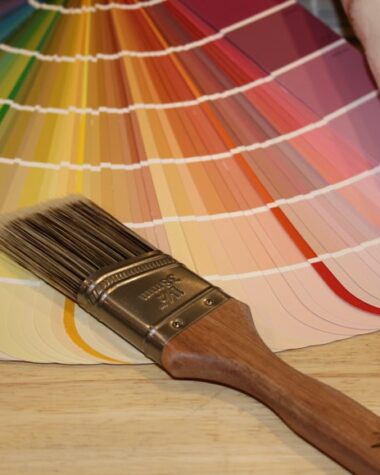If you have a wooden dresser that’s seen years but you just can’t bear throwing away, you can use easy and effective techniques to refinish it. Refinishing a dresser is not rocket science. With just simple tools, you can remodel an old dresser and make it new again. This guide will show you how.
Refinishing wood basics
An old dresser may already have a number of flaws. It could have dents, gouges, warped paint, cracks, crevices and more. It could have broken drawer pulls, knobs and wobbly feet. Therefore the first thing to consider is to inspect your dresser from top to bottom and even inside drawers and shelves.
Things you will need
- Old dresser you will work on
- Soft sponge
- Liquid dish soap and water
- Clean towel
- Sandpaper with 300 grit and 150 to 200 grit
- Epoxy putty
- Chemical stripper
- Furniture Wax
- Nylon scourer
- Wax varnish
- Linseed oil or similar oil
Instructions
1) Preparing your dresser
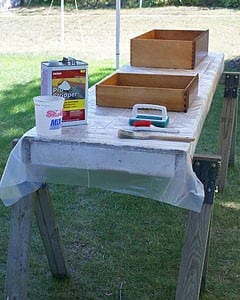
Source: http://www.hammerzone.com/archives/wood_finishing/furniture/refinish/dresser/stripping/chemical.htm
Remove all the things in your dresser. Remove the drawers and take off hardware like handles, knobs, and hinges. Store hardware with their respective screws. Clean your furniture by washing thus with soap and water. Use a soft sponge and soak it in liquid dish soap and water. Scrub your dresser and when you are done rinse the wood with a sponge soaked in fresh water. Dry this with a clean towel. For dressers with moldings, carvings, and hard to corners, use a paintbrush instead of a sponge.
2) Sanding the dresser
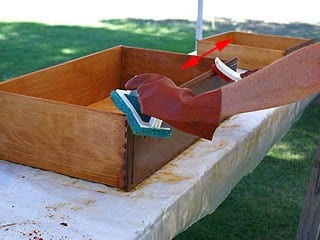
Source: http://www.hammerzone.com/archives/wood_finishing/furniture/refinish/dresser/stripping/chemical.htm
Use sandpaper to remove the top layer of paint and stain. Begin by sanding down the surface of the dresser with a coarse, 300-grit sandpaper around a wooden block. Use steel wool in hard to reach areas of your dresser. Use a finer sandpaper with 150 or 200-grit once you have seen wood to avoid damaging the dresser.
3) Chemical stripper
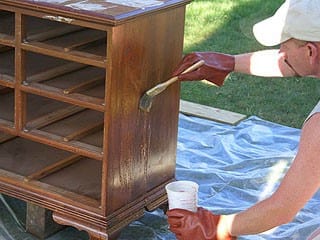
Source: http://www.hammerzone.com/archives/wood_finishing/furniture/refinish/dresser/stripping/chemical.htm
If stubborn paint remains, use a chemical stripper. Paint stripper brands from Smart Strip or Klean-Strip will work fine. For ugly marks and stains use a methylene chloride-based stripping agent. Any broken parts of the dresser must be repaired with putty. Remove any holes, cracks, or dents in it by filling spots with epoxy putty. Follow manufacturer’s instructions on the product label on how to use the epoxy putty.
4) Painting your dresser
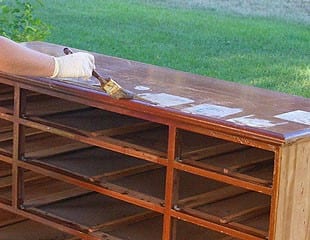
Source: http://www.hammerzone.com/archives/wood_finishing/furniture/refinish/dresser/stripping/chemical.htm
Use a primer before painting the dresser. Use a brush to apply primer paint onto the surface of the dresser and then check for about an hour. Let it dry for another 2 hours if the paint is opaque. If the primer is not opaque, place an additional layer of primer and then dry it for another hour.
White primer will work best for light-colored paint finish and grey primer for dark-colored paint finish. Coat the dresser with acrylic or enamel paint and let this dry for at least 2 to 4 hours. Add a second coat of paint and then sand with 240-grit sandpaper once dry. Repeat the process until you have 4 layers and sanding after each coat except for the last one.
5) Staining your dresser
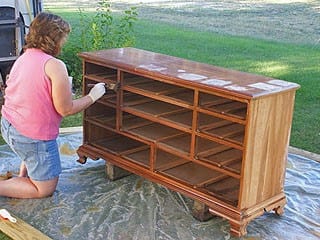
Source: http://www.hammerzone.com/archives/wood_finishing/furniture/refinish/dresser/stripping/chemical.htm
Apply wax to finish your project. Use furniture wax, beeswax, or a similar wax finish and rub the wax onto the dresser using a nylon scourer or steel wool pad. Let the wax sit for 5 minutes and then rub with a clean cloth until smooth. Then finally, add the final layer of wax and then seal the surface with varnish.
Refinish your dresser with oil to highlight its grain and texture. Use linseed oil or a similar finishing oil and apply with a wide paint brush. Be sure to cover everything with oil. Let the oil soak for 10 minutes, then wipe off the excess using a towel. When this is dry, repeat the steps until you have 5 to 6 total layers. Rub a few drops of oil on the surface of the dresser and buff the surface. A good choice is a Danish oil for total protection from the elements. Watco is a good example of Danish oil.
Let Watco dry about 15 minutes to soak into the wood grain and then add a second coat on top. After 15 more minutes, wipe off with a sponge. Repeat these steps once a day until you’re satisfied with the finish.
Conclusion
Refinishing an old dresser will save it from wear and tear. The finish will also highlight the once amazing beauty of wooden furniture and of course, will restore the strength of wood. Wood is restored and refinished in various stages and each one should be carefully followed to completely bring back the beauty of the wood furniture.
